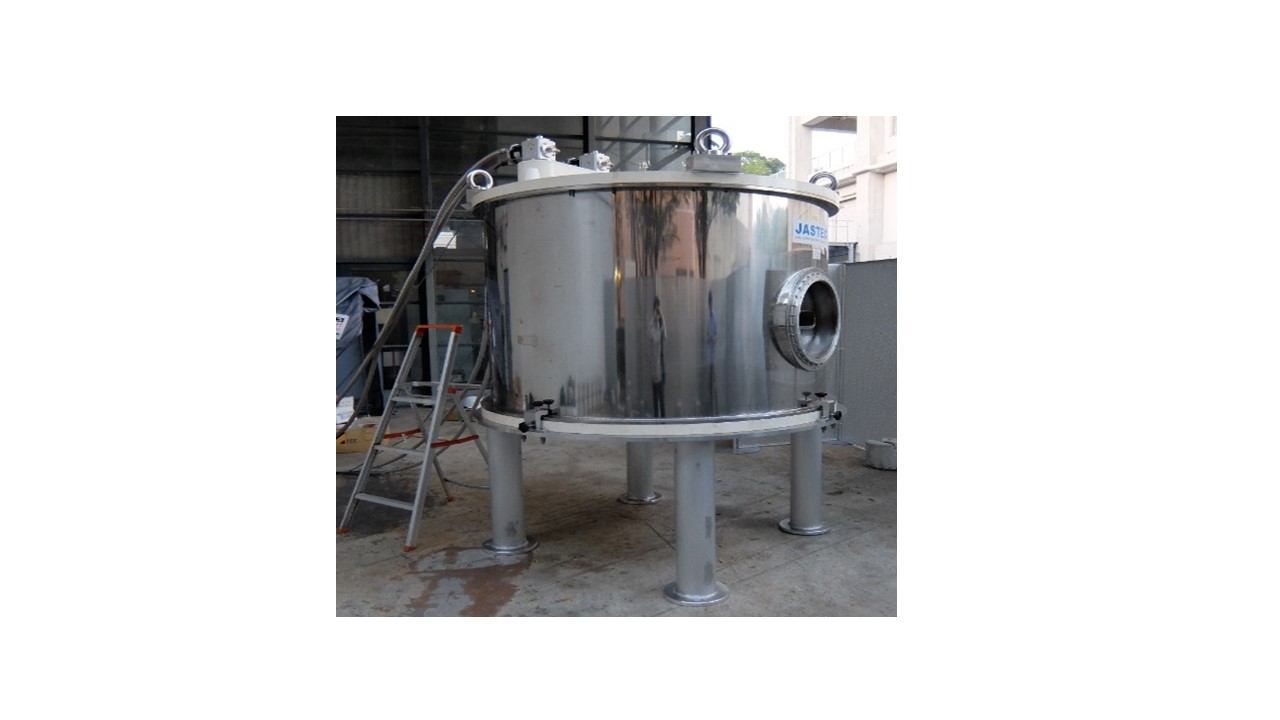AP2-1-INV
Environmental Conservation with Superconducting Magnet Technology – Soil Decontamination, Reduction of Carbon Dioxide, Recovery of Microplastics –
Dec.1 13:00-13:30 (Tokyo Time)
Department of Applied Nuclear Technology, Fukui University of Technology, Fukui, Japan1
Superconducting magnet system has been paid attention as an important component of environmental conservation technology. The following applications will be discussed here that is the volume reduction of contaminated soil induced in Fukushima Daiichi Nuclear Power Plant accident, the suppression of carbon dioxide emission by removal of iron oxide scale from thermal power plant water supply system, and the recovery of microplastics from sea water..
Due to the nuclear accident the contaminated soil becomes 14million m3 and hence the volume reduction is one of the main concerns. The volume reduction of contaminated soil with radioactive cesium was challenged. The magnetic separation method was used in this work. The cesium is firmly fixed to 2:1 clay mineral such as vermiculite among the fine particles of soil, and the 2:1 clay exhibits paramagnetic properties. The 2:1 clay, therefore, can be separated selectively by means of high gradient magnetic separation. A volume reduction experiment was conducted in Fukushima using superconducting magnetic separation and was successfully performed.
We are trying to recover the iron oxide scale from the water supply system of a thermal power plant that generates a large amount of CO2. The accumulation of oxide scale brings the performance degradation of the thermal power plant results in the increase of CO2 emission. Although water treatment is performed to prevent the generation of iron oxide scale in the water supply system, iron oxide scale is still generated. To remove the oxide iron scale the feasibility of high gradient magnetic separation was investigated.
It was confirmed that the iron oxide scale could be separated even under high temperature and high pressure in the water supply system. Fig.1 shows the superconducting magnet used in the experiment.
We have been studying a system that generates electromagnetic force in seawater to recover microplastics. Microplastics with a size of 5 mm or less cannot be recovered so far, and are ingested by marine organisms, and there is concern that their food chain will affect humans. The electromagnetic force was generated in seawater and the reaction force to microplastics was tried to control their motion. It was confirmed that the microplastics were localized with this method and hence the recovery of microplastics could be realized.
Keywords: volume reduction of contaminated soil, reduce carbon dioxide emission, recovery of microplastics
